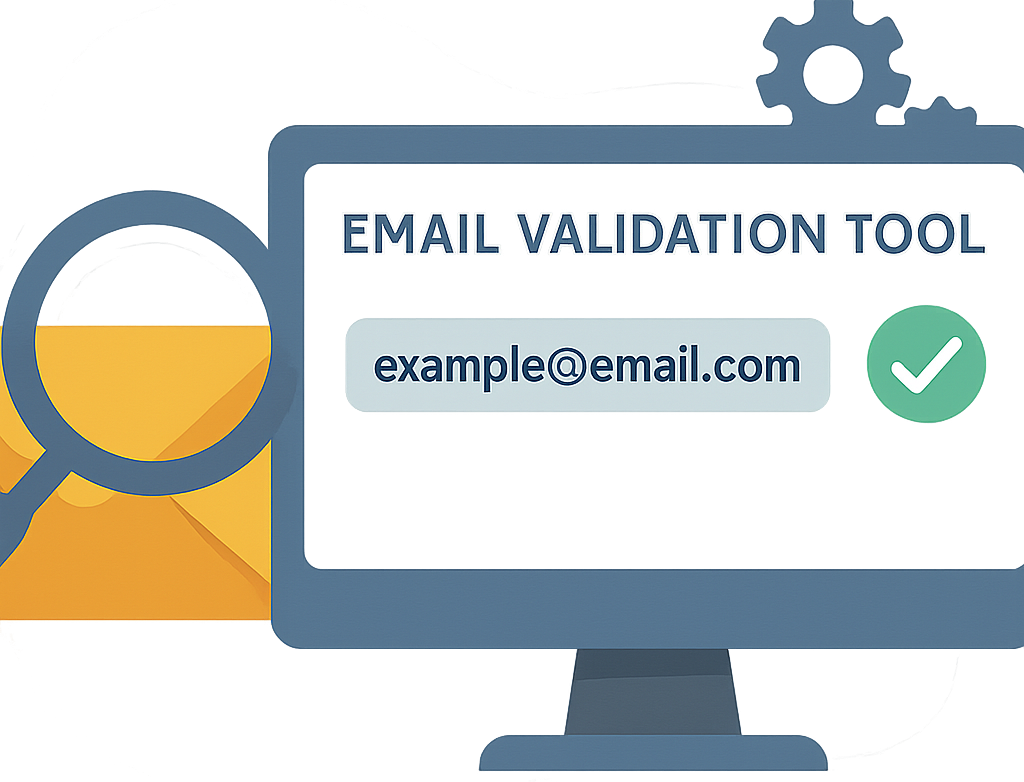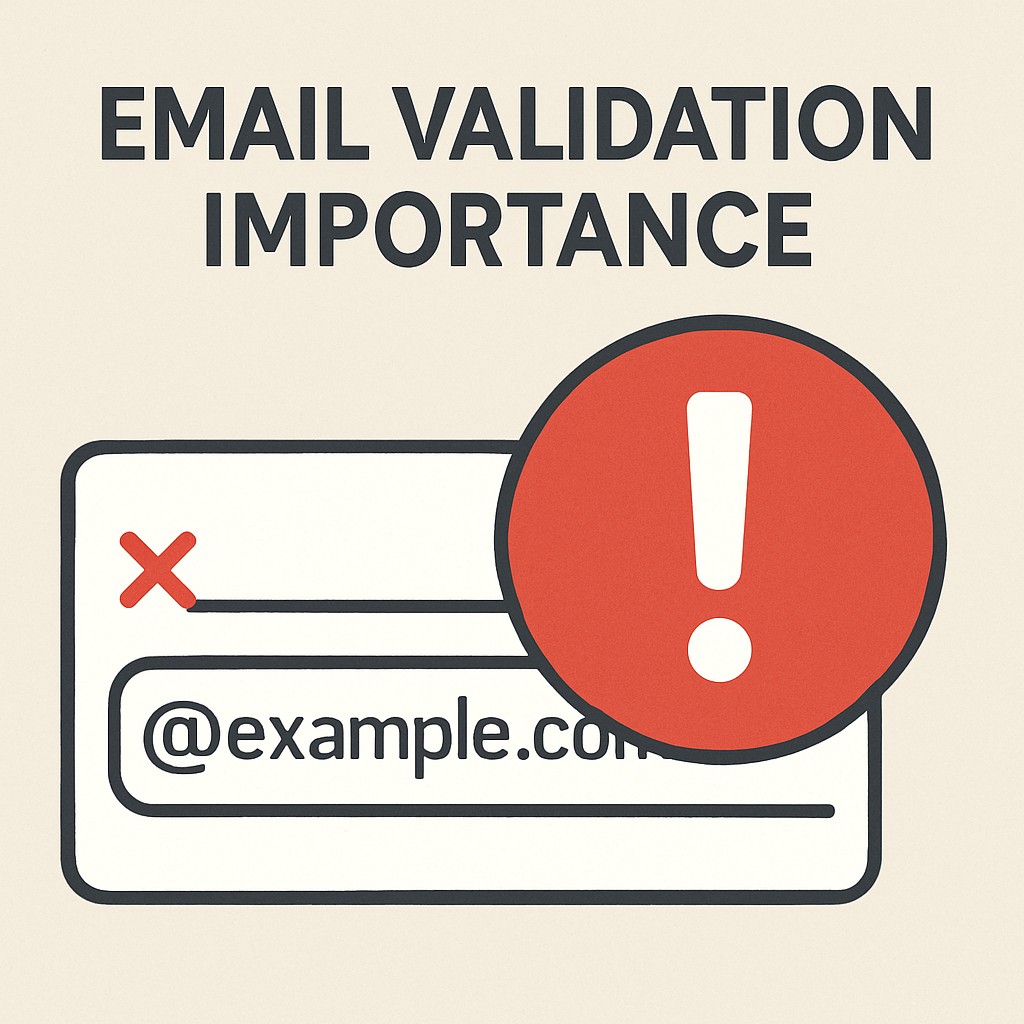
how to see if an email is valid
Ever sent an email into the void? You hit “send” on an important message, a marketing campaign you’ve poured hours into, or a friendly follow-up, only to be met with… silence. Or worse, the dreaded “delivery failed” notification. It’s a frustrating experience, and one that’s all too common. The culprit? Often, it’s a simple case of a bad email address. But the consequences can be more than just a little frustrating; they can impact your wallet, your reputation, and your ability to connect with people who genuinely want to hear from you.
This is where email verification comes in. It’s not some overly technical, jargon-filled process reserved for marketing gurus. It’s simply the act of making sure the email addresses on your list are real, active, and ready to receive your messages. In this guide, we’ll break down how to do that, exploring the different tools and techniques at your disposal to ensure your emails land where they’re supposed to.
Why Email Verification Matters
- Avoid bounces: Invalid emails get rejected by servers, hurting your deliverability rates.
- Save money: Email marketing platforms charge per contact. Prune fake addresses to cut costs.
- Boost engagement: Real addresses mean higher open rates and better ROI.
- Prevent spam flags: Sending to invalid emails can mark you as spam.

How to Check if an Email Address Is Valid
So, you’re convinced email verification is a good idea. Great! But how does it actually work? It’s not just one magic trick; it’s a combination of smart techniques that work together to give you a clear picture of an email address. Let’s dive into the different ways we can check if an email is ready for action.
Basic Format Check
Think of this as the first quick glance. Before anything else, we need to make sure the email address looks right. Every email has a standard format: username@domain.com. This initial check makes sure it has an “@” symbol, that the username and domain parts are where they should be, and that there aren’t any weird characters or missing bits. It might seem obvious, but you’d be surprised how many emails fail at this very first hurdle. Catching these simple errors early on saves you a lot of trouble down the line.
Domain Verification (MX Record Check)
Once the email address passes the basic look-over, we move on to the domain – that’s the part after the “@” symbol. We need to confirm that this domain actually exists and is active. A big part of this is checking something called MX (Mail Exchanger) records. These are like the postal codes for email; they tell us which servers are set up to receive mail for that particular domain. If a domain doesn’t have valid MX records, it’s a pretty strong sign that no matter what email address you send to, it’s not going to find a home. This step is crucial for making sure your email has a real destination.
SMTP Verification
This is where things get a bit more technical, but it’s incredibly powerful. We can actually try to connect directly to the email address’s mail server and have a little chat with it, all without sending an actual email. It’s like knocking on the door and asking, “Hey, is this person home?” If the server says “yes,” then you know that mailbox is valid and active. Now, there are a couple of quirks here: some internet providers block the specific port (Port 25) used for these chats to prevent spam. Also, some domains use “catch-all” servers, which basically say “yes” to every email, even if the specific address doesn’t exist. So, while super useful, this step sometimes needs a bit of interpretation.
Digging Deeper: Advanced Email Verification
Beyond the fundamental checks, there are several more sophisticated ways to get a clearer picture of an email address. These help you fine-tune your list and avoid potential headaches:
-
Spotting Disposable Emails: Ever used a temporary email address just to sign up for something quickly? Those are disposable email addresses (DEAs). They’re great for one-off uses but not so much for building a long-term relationship. Identifying and removing them helps keep your list genuinely engaged.
-
Recognizing Role-Based Emails: These are addresses like
info@,admin@, orsupport@. They’re often for departments, not individuals. While perfectly valid, they might not be the best for personalized messages and could have lower engagement. -
Unmasking Catch-All Servers: We touched on these earlier. They’re the servers that accept all emails for a domain, making it tricky to verify individual addresses. Smart verification tools can spot these, giving you the heads-up to handle those addresses differently.
-
Checking Mailbox Status: Imagine sending an email to a full mailbox – it’s just going to bounce back. Some services can even tell you if a mailbox is full or if it’s been disabled by the provider. This helps you avoid sending messages into a digital black hole.
-
IP Address and DNS Sleuthing: This goes beyond just MX records. By looking at the IP address of the email server, you can learn about its location, who hosts it, and its reputation. This is super helpful for sniffing out spam or fraudulent sources. DNS lookups also confirm that the domain is properly set up for sending and receiving emails, which can even help prevent email spoofing.
-
Data Breach Alerts: This is a newer, but very important, check. Some verification services can tell you if an email address has appeared in a known data breach. It’s a great way to keep your contacts safe and secure.
Recommended Online Email Verification Tools
To make email verification even easier, here are some trusted online tools you can use:
Verifalia - A comprehensive email verification service with real-time validation and detailed reports.
EmailHippo - free online email verification tool,Verify email addresses and then download results as PDF, CSV.
Hunter.io - Popular among marketers and sales teams for finding and verifying email addresses.
Email-Checker - Simple and straightforward tool for quick email verification with instant results.
These tools can help you maintain clean email lists and improve your deliverability rates without having to manually verify each address.